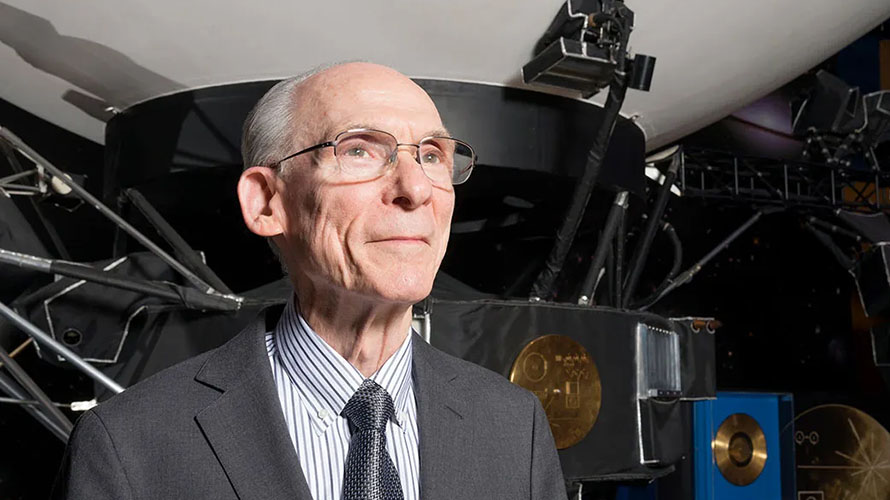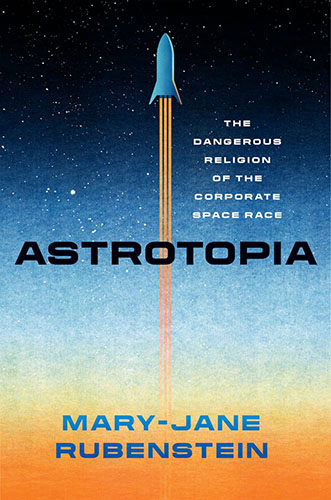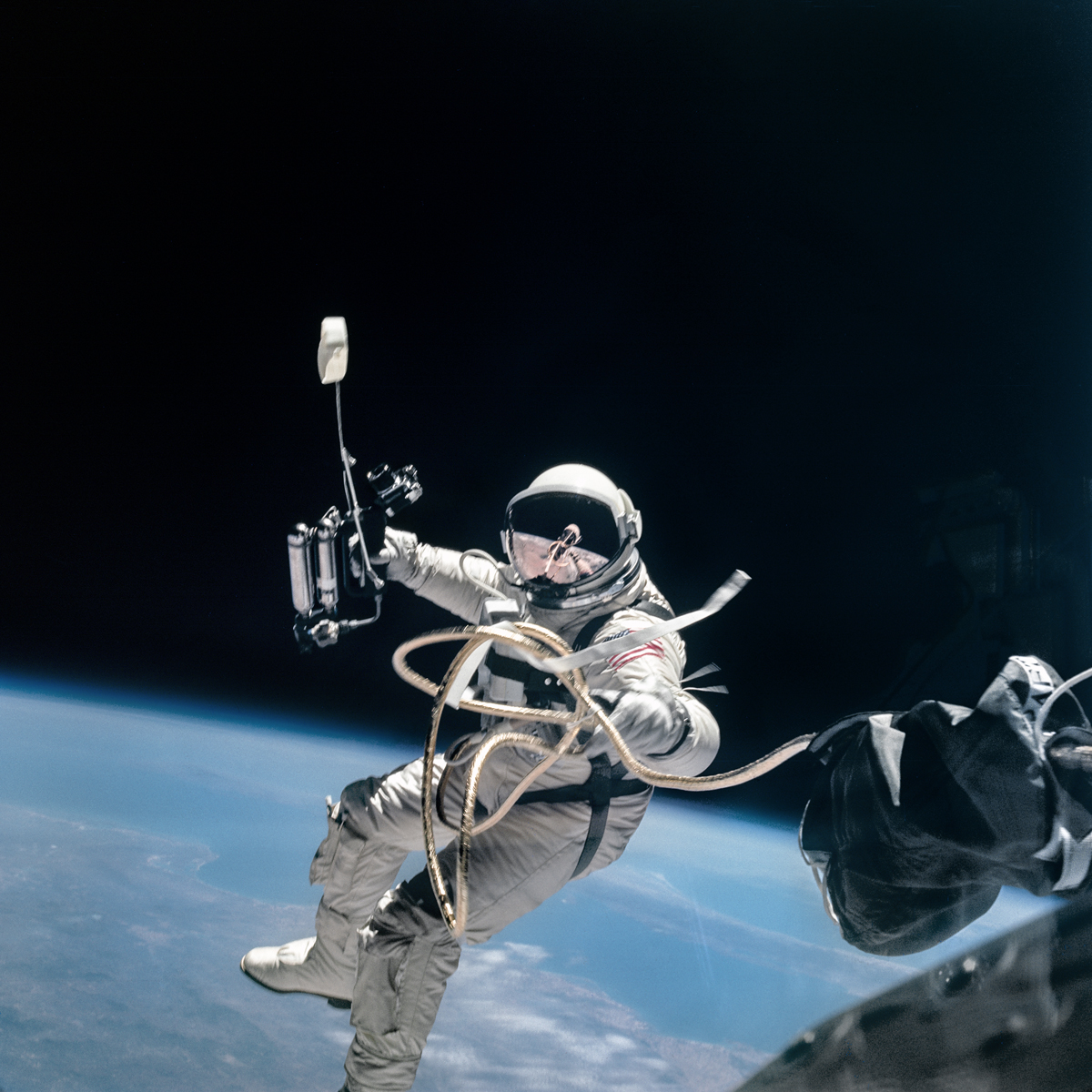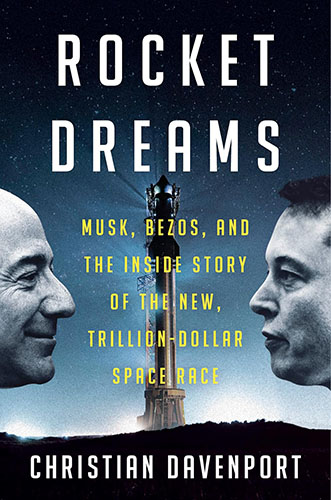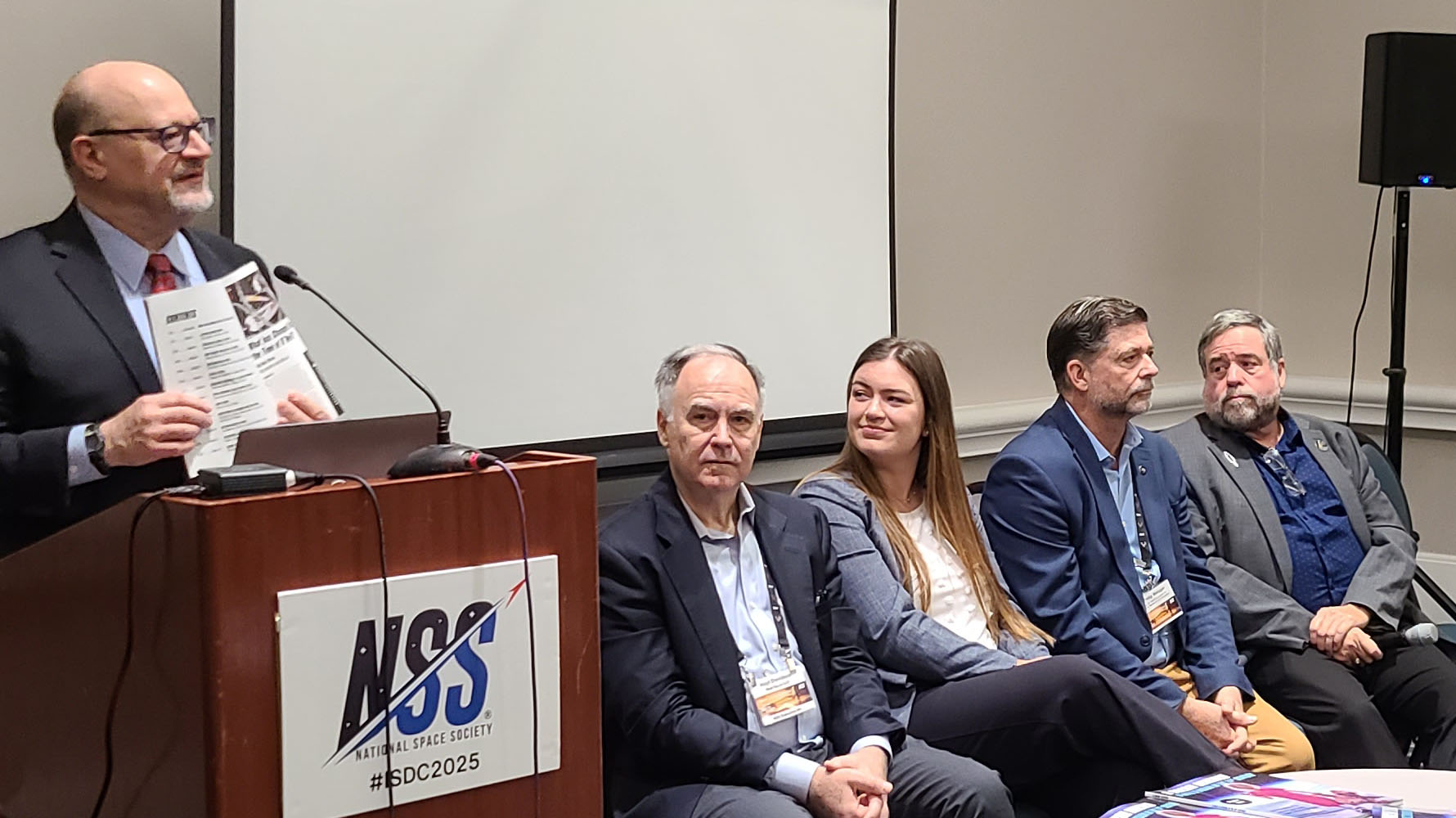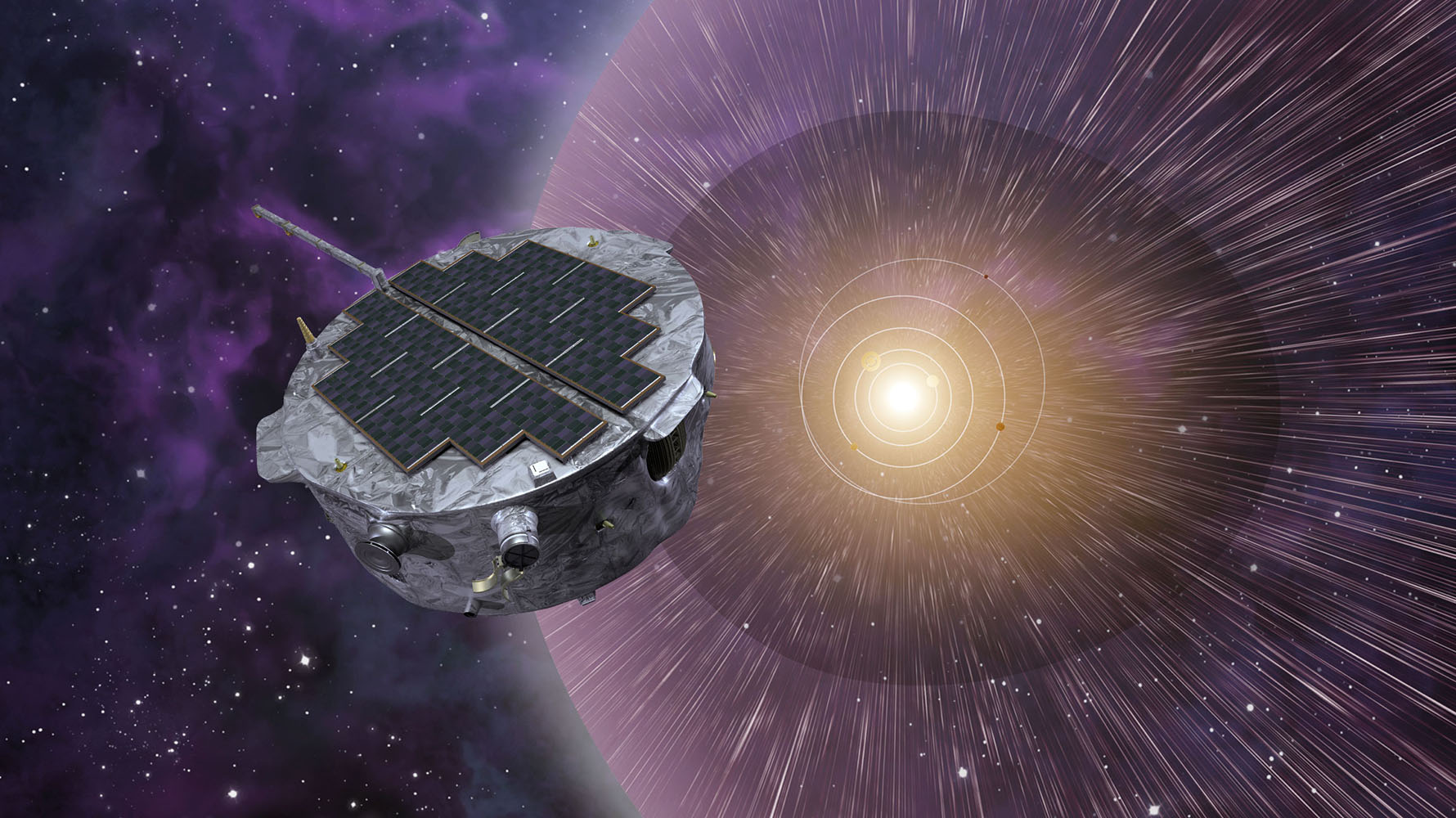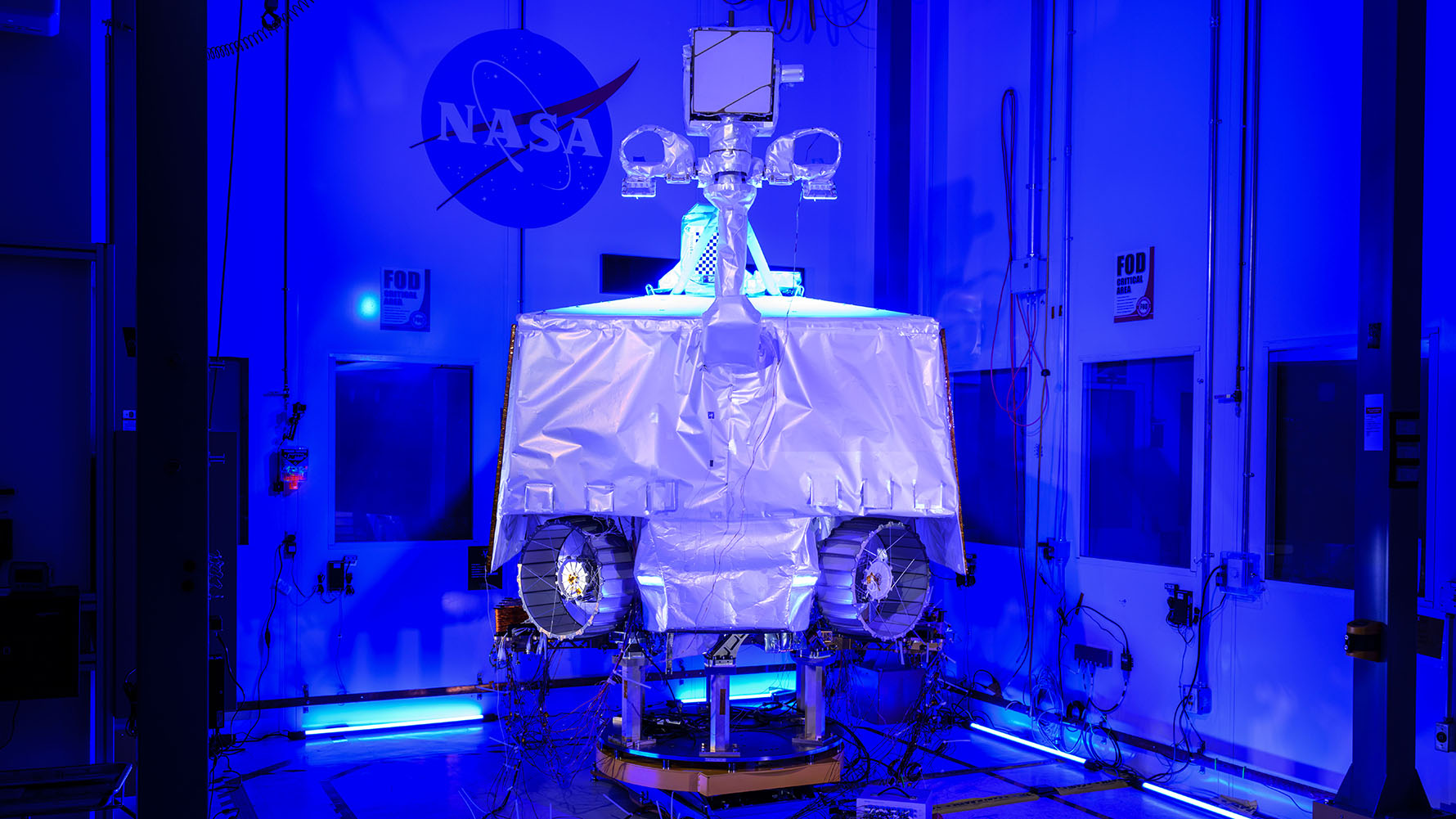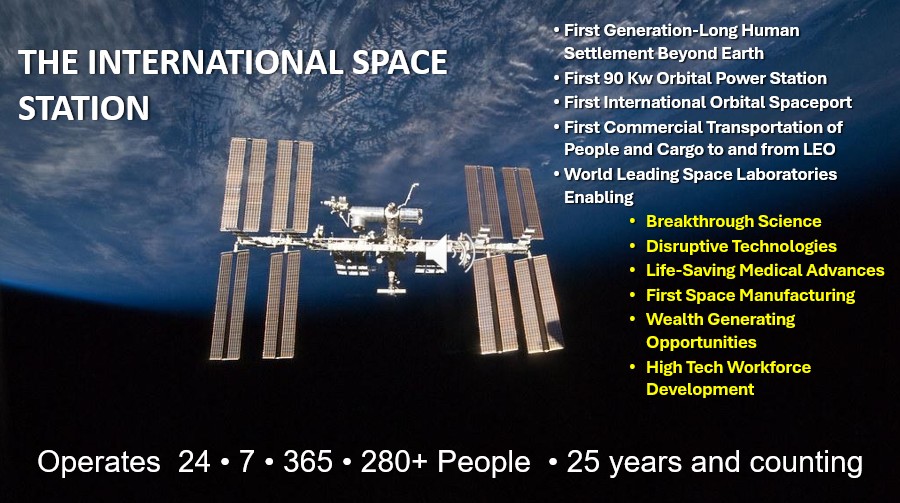The Pioneering Physicist and Caltech Faculty Member Was the Project Scientist for the Voyager Program for 50 Years
The National Space Society mourns the passing of Dr. Ed Stone at the age of 88. Stone was an icon at NASA’s Jet Propulsion Laboratory, where he worked for well over half a century after joining the faculty at Caltech in 1967 (Caltech manages JPL for NASA). His background in physics and astrophysics propelled him to chairing the Division of Physics, Mathematics, and Astronomy at Caltech from 1983 through 1988 and acting as the Director of JPL from 1991 through 2001. Stone is perhaps best known for his work on the Voyager program, for which he was the project scientist from 1972 until 2022 when he retired from the post after 50 years.
“Ed Stone was a pioneer of the outer solar system,” said Karlton Johnson, CEO of the National Space Society. “His contributions to the Voyager program and our understanding of the outer solar system defy description for their immense importance. If our future in space is built on the shoulders of giants, he is one of them. Godspeed, Dr. Stone.” The Voyager team was awarded the NSS’s Space Pioneer Award for their decades of work on this groundbreaking project.
Stone transformed the way science from robotic space probes was disseminated to the public. Rather than allowing discoveries to languish until they underwent formal peer review, as had been the custom, Stone elected to take the results of the day, review it with his science teams, and release them to the media the following morning. This rapid public disclosure may be one of his most lasting imprints on space science. It was one of the many parts of the Voyager program that kept public interest high through today.
Stone was involved in a variety of other projects at NASA beginning with the Discoverer satellites in the early 1960s. Later, during his tenure as JPL’s director, successful missions such as Mars Pathfinder, Mars Global Surveyor, Deep Space 1, and TOPEX/Poseidon were undertaken, as well as the launches of the Cassini mission to Saturn, the Stardust mission, and Mars Odyssey.
Dr. Laurie Leshin, the current Director of JPL and Vice President of Caltech, commented: “Ed will be remembered as an energetic leader and scientist who expanded our knowledge about the universe—from the sun to the planets to distant stars—and sparked our collective imaginations about the mysteries and wonders of deep space.”
While the numerous missions he was involved with returned vast amounts of science, Voyager stands out as a scientific goldmine. The twin spacecraft revealed the first active volcanoes on Jupiter’s moon Io and an atmosphere rich with organic molecules on Saturn’s moon Titan. Voyager 2 also remains the only spacecraft to fly past Uranus and Neptune, revealing Uranus’ unusual tipped magnetic poles and the icy geysers erupting from Neptune’s moon Triton. Voyager 1 was also the first spacecraft to exit the solar system in 2012, revealing many secrets of interstellar space.
“During my time at JPL, I had the privilege of moderating a panel with Dr. Stone,” said Rod Pyle, Editor-in-Chief of the NSS quarterly magazine, Ad Astra. “He was an eloquent and engaging speaker and was always gracious in sharing his vast knowledge of the outer solar system with the public. The trajectories of countless young people’s careers were changed due to this inspiration.”

